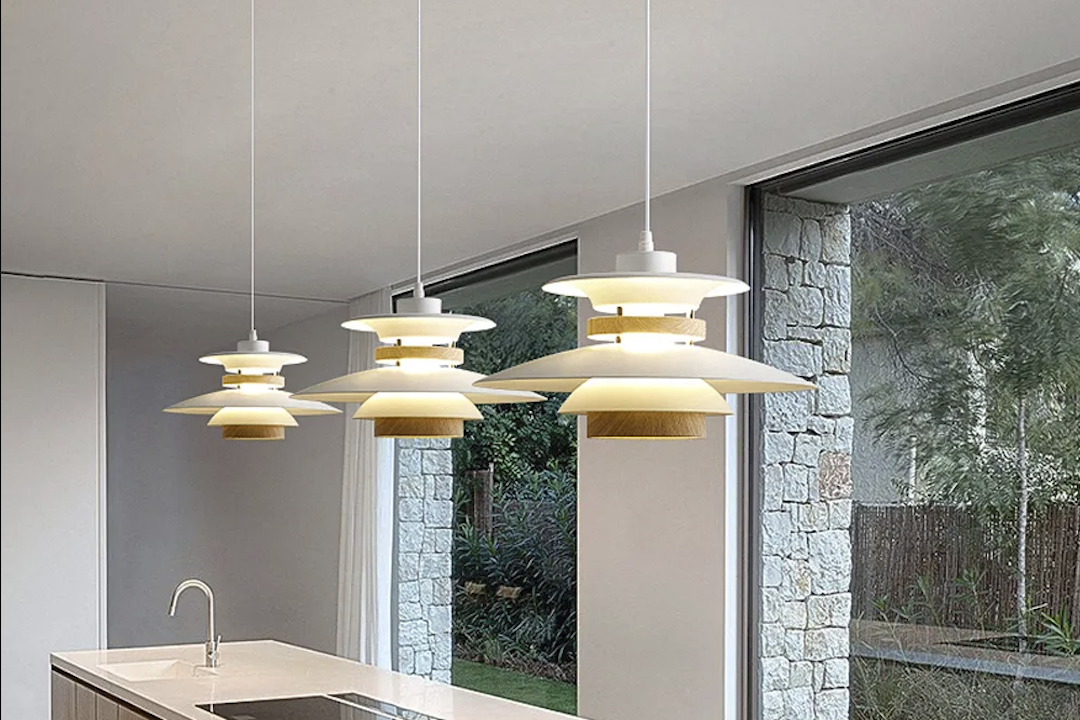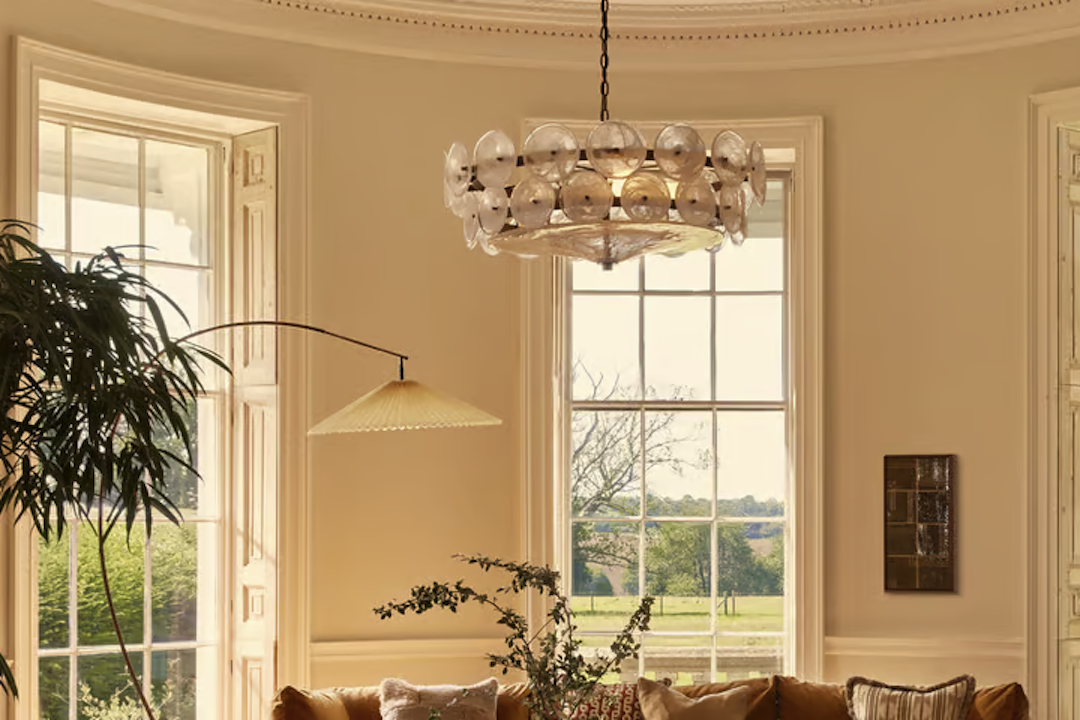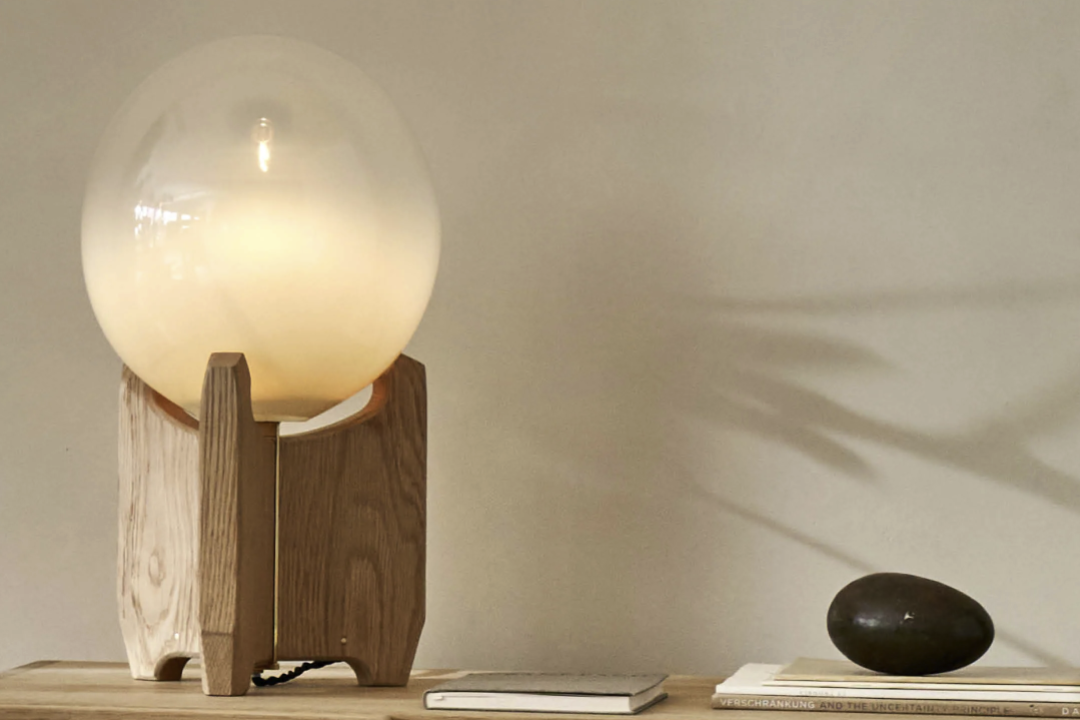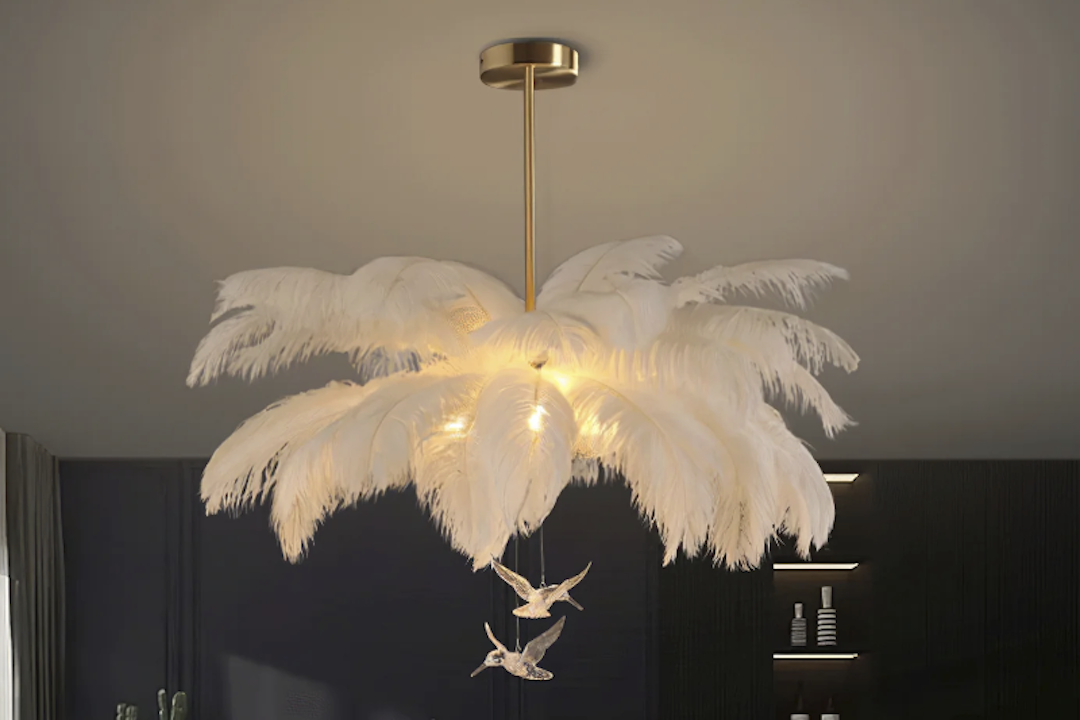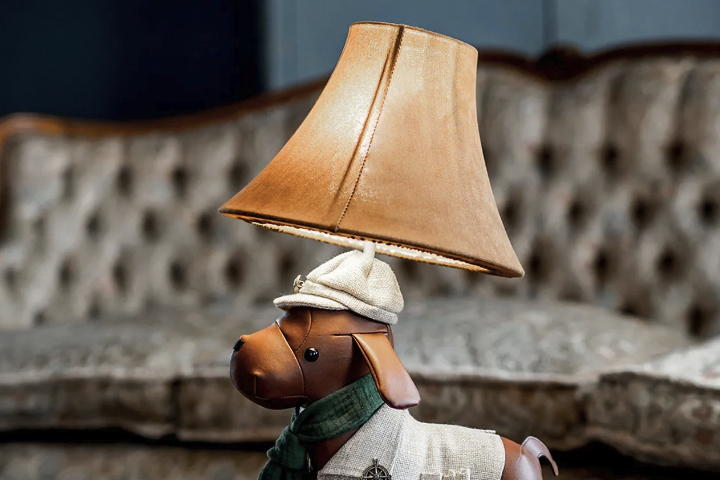The Importance of Lighting in Restaurant Design
Good lighting design is crucial for any restaurant. Lighting can affect the overall ambiance and mood of the restaurant, as well as how the food and décor are perceived by customers. Proper lighting can also enhance the dining experience and make customers want to return.
The Different Types of Lighting
There are several types of lighting to consider when designing a restaurant, including ambient lighting, task lighting, and accent lighting. Each type of lighting serves a different purpose.
Ambient lighting is the overall lighting of the restaurant. It should provide enough light for customers to see their surroundings and feel comfortable. Task lighting is used in areas where customers need additional lighting to perform specific tasks, such as reading a menu or paying a bill. Accent lighting is used to highlight specific areas of the restaurant or to add interest to the décor.
The Role of Color Temperature
Color temperature, measured in Kelvin (K), is an important factor to consider when choosing lighting for a restaurant. Warm colors (between 2,700 and 3,000K) are often used in restaurants to create a cozy and inviting atmosphere. Cool colors (between 3,000 and 6,000K) are used to create a more modern and energizing atmosphere.
Examples of Effective Restaurant Lighting Design
There are several restaurants that have successfully used lighting to enhance the dining experience. For example, the Fat Duck in Berkshire, England uses color-changing LED lights to create a whimsical and theatrical atmosphere. The Chiltern Firehouse in London uses vintage chandeliers to add character to the space. In New York City, the Red Rooster in Harlem uses a combination of pendant lights and wall sconces to create a warm and inviting atmosphere.
Common Mistakes to Avoid
There are some common mistakes to avoid when designing restaurant lighting. One mistake is not considering the overall theme and style of the restaurant. Lighting should complement the décor and ambiance of the restaurant, not detract from it. Another mistake is not providing enough light in areas where customers need it, such as at tables or at the bar. Proper lighting can help customers feel comfortable and safe.
The Future of Restaurant Lighting Design
The use of technology in lighting design is becoming more prevalent in restaurants. For example, there are now LED lights that can change color and intensity based on the time of day or the mood of the restaurant. There are also apps that allow customers to control the lighting at their table, creating a personalized dining experience.
Overall, restaurant lighting design is an important aspect of creating a successful restaurant. Proper lighting can enhance the dining experience, create a welcoming atmosphere, and make customers want to return. By carefully considering the different types of lighting and color temperature, avoiding common mistakes, and embracing new technology, restaurants can create inviting and functional lighting design that will set them apart from the competition.

